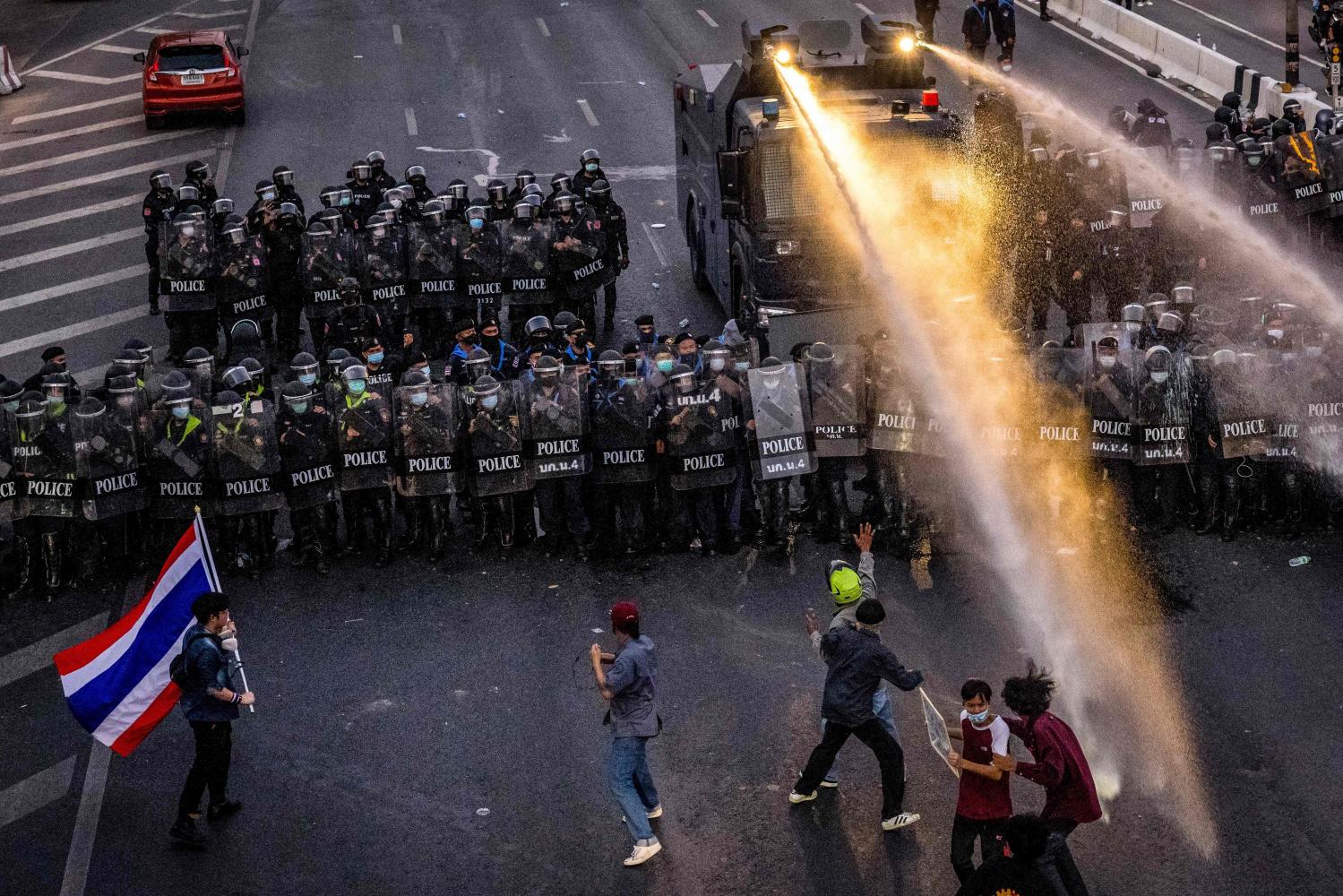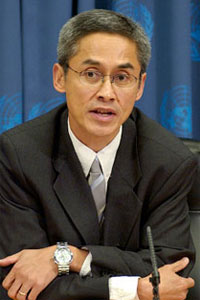
Thailand is heading towards national elections next year, and this is an opportune moment to ask how much room there is for the participation of youth in politics. The record to date has been ambivalent, and much depends on both political and social will to broaden the civic and political space.
The air of ambivalence is witnessed by history itself, especially the pervasiveness of non-democratic rule in the country which also hampers the role of youth in the national polity. A key moment when there was an upsurge of young people's participation in Thai politics led by university students was when there were massive street demonstrations calling for democracy in October 1973; the seminal date -- Oct 14, 1973 -- witnessed the demise of a dictatorial triumvirate which was then exiled abroad for a while. However, on Oct 6, 1976, there was a backlash against youthful demonstrations which were advocating more reforms and this led to bloodshed and suppression of the student movement, with a return to non-democratic rule via a coup d'etat staged by uniformed authorities.
On a brighter front, in 2017, the voting age was lowered from 21 to 18, and there is now a bigger group of young people who are eligible voters. It is imperative to encourage them to come out and vote. Even though the right to vote does not necessarily mean substantive political participation, it is immensely important as a stepping stone towards the democratisation of the country. This does not negate the fact, however, that parts of the older generation with a more authoritarian streak still seek to undermine that youthful franchise and prolong their rule in the country.
At this juncture, it is worth noting that internationally, the age group referred to as "youth" is basically young people up to 24 years of age, while Thai policies cover persons up to 25 years of age. The word "child" is understood to encompass persons under 18 years of age. There are plenty of laws and policies in Thailand which can be used to deal with young people, including nurturing their participation in the national context. The soft entry point is seen in the setting up of Youth Councils throughout the country by the 2007 National Child and Youth Development Act; these councils can advise on policy issues affecting young people. This is not only a channel for interchange between young people all over the country, but it is also an avenue to influence provincial and local policies, such as to advise provincial governors on development programmes.
Yet, there has been a troubling scenario in recent years in regard to how young people's voices have been constrained. Youth-led demonstrations in 2020, calling for reforms of the political system and related entities, marked the largest protests since the most recent coup in 2014. However, the movement was then contained by the authorities, with many of the youth leaders landing up in jail and prosecuted under the national emergency decree and related criminal law provisions. The country's Constitutional Court also found that a number of youth leaders had been seeking to overthrow established institutions through their demands and were thus acting unconstitutionally. It is open to debate whether that was the case, and whether the movement was advocating too much or not. Was the movement too reliant on social media, while many parts of the community favoured less assertive reforms?
On another front, during the last couple of years amidst the Covid-19 pandemic, there have been recurrent demonstrations involving young people of a different kind, especially in the now well-known Din Daeng area of Bangkok. Many of the demonstrators were children under 18 years of age. The demonstrators showed a sense of frustration, partly due to the disjuncture caused by the pandemic; many are victims of poverty, are out of school, have little access to work, are sceptical of the power base, and are marginalised. It is of great concern that nearly 300 children in this group are now being prosecuted under the national emergency decree, Section 112 on lese majeste and other criminal law provisions.
The preferred direction to deal with these children is to study their grievances and respond to them through social development, family-based and community-based measures and support rather than to use criminal law against them. Regrettably, under the current conditions, they will have criminal records if they are over 12 years of age (the minimum age of criminal responsibility) and this will be a stigma attached to them for the rest of their lives. This is contrary to the spirit of child rights under the Convention on the Rights of the Child to which this country is a party; the treaty dictates that children deserve a second chance if they have done something wrong and that child-sensitive actions are required to divert them from criminal sanctions. Thailand already has laws which cater to children specifically, and it also has a family and juvenile court system which should be used instead of criminal laws and the ordinary court system which are more geared toward adults.
Especially for persons under 18 years of age, the responsive instrument to deal with those cases is the country's 2003 Child Protection Act. It offers possible protection measures such as appointing social welfare officers to supervise and help children who are at risk. Importantly, these are social interventions which do not give rise to criminal records.
The law concerning the family and juvenile courts mentioned above also provides room for non-custodial, rehabilitative, and community-based measures. These courts have the discretion to avoid labelling child-related cases as criminal cases, thus protecting them from the trauma of the criminal justice framework.
In sum, there is a resonant truth; the barometer of a country's democracy, human rights and sense of justice are very much visible from how youth and children are treated in relation to their rights to freedom of expression, peaceful assembly, fair trial, and political participation. They all deserve more and certainly not less.
